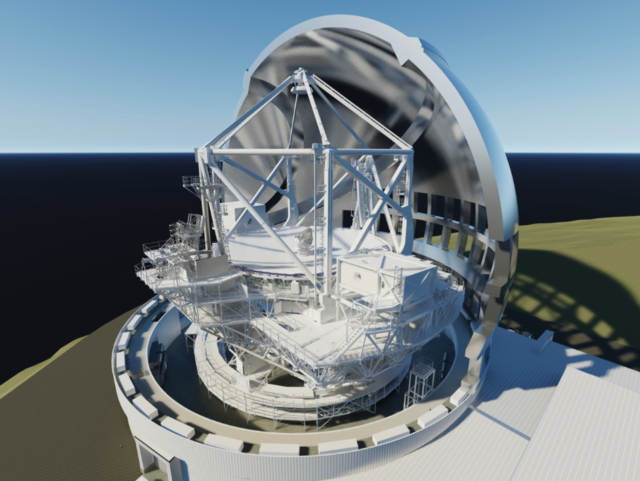Starlight is sustainable. Knowledge is a renewable resource.

Perhaps now that Hawaii’s tourist-driven economy has collapsed (again) and one third of our workforce is unemployed, those opposed to astronomy on Mauna Kea may want to reconsider objections to a clean industry that has been a vital part of the island’s economic diversity for over 50 years.
The politics of protest have drowned out voices of Native Hawaiians who have spoken in support of building the Thirty Meter Telescope. It’s time to set aside differences, come together and find practical solutions to the economic devastation caused by COVID-19.
In his book “One Voice: My Life, Times and Hopes for Hawaii”, the Late Honorable Senator Dan Akaka, first Native Hawaiian to serve in the U.S. Senate, wrote in support of TMT: “… there is no question the telescope would generate huge educational opportunities and jobs for the Hawaiian community. This quest by astronomers conforms with, rather than undercuts, our traditions. Let’s allow Maunakea, rightfully, to become a bridge between our past, as Hawaiians, and our future.”

A 3D rendering of the Thirty Meter Telescope shows the telescope pointing vertically inside its enclosure. The controversial project has been on hold.
Courtesy TMT
Astronomy employs as many residents as Walmart and KTA combined, contributing nearly $70 million annually to Hawaii’s economy. The astronomy industry also contributes many direct and indirect benefits of approximately $167 million annually statewide.
The Thirty Meter Telescope would add 140 permanent jobs, 300 multi-year construction jobs, and another $26 million a year once it’s operational. Not to mention TMT’s significant and on-going financial support for STEM education including events like AstroDay and Journey Through The Universe, as well as academic outreach programs such as THINK Fund Scholarships and the Akamai Workforce Development Initiative.
Hawaii Island’s business, government and community leaders took the first steps to bring astronomy to Mauna Kea after the 1960 tsunami devastated Hilo as part of the efforts to help diversify the economy and reduce dependence on tourism. It’s a little ironic that at that same time, the Merrie Monarch hula festival began as a way to lure visitors back to the Big Island by offering an authentic cultural experience.
It’s also ironic that Merrie Monarch is a perfect example of how Hawaiian traditions endure by adapting to modern times. In hula, we have kahiko performed in the ancient style with only chanting and drums, as well as modern ‘auana using contemporary music and instruments. No one protests against the creative evolution of hula ‘auana or calls it desecration.
No one protests against the creative evolution of hula ‘auana or calls it desecration.
The COVID-19 pandemic forced cancellation of Merrie Monarch for the first time since its inception in 1964. The loss of $6 million in projected revenue from events, jobs, advertising, merchandise sales, and more, has adversely impacted the visitor industry, small local businesses and cultural practitioners alike. The halau, dancers, ohana, friends and hula fans from around the world have suffered a loss without price.
No one would dispute that astronomy, exploration and education are as integral a part of Hawaiian values and culture as hula. King Kalakaua was well noted as a patron of the art and an advocate for the science.
Use of modern instruments to continue humankind’s study of the stars is a perfectly valid advancement of an ancient science, and one where Hawaii should continue to lead the way.








